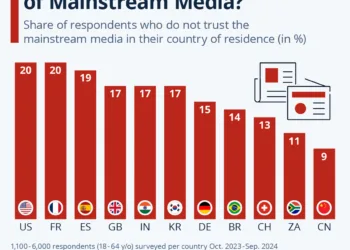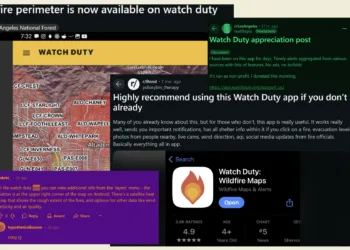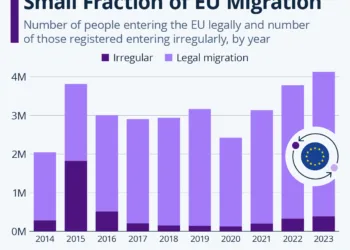The Increasing Impact of Wildfires in California
An Overview of Recent Wildfire Incidents
The recent wildfires in California, particularly the one that erupted in the Pacific Palisades neighborhood of Los Angeles County, have raised grave concerns about fire safety and management. At one point, the largest fire threatened nearly 3,000 acres, prompting immediate evacuations for tens of thousands of residents, including calls from Malibu’s officials for everyone to be prepared for possible evacuation. Such incidents hurled the community into chaos, with firefighters battling the flames amid challenging conditions exacerbated by Santa Ana winds.
Governor’s Response to the Wildfire Crisis
As the fires intensified, California Governor Gavin Newsom took swift action by deploying over 1,400 firefighting personnel to confront this unprecedented crisis. His announcement on social media platform X highlighted the seriousness of the situation and the state’s commitment to tackling wildfires head-on. With a containment rate initially reported at zero percent according to Cal Fire statistics, the urgency of the moment became apparent, underscoring the need for timely responses in times of natural disasters.
Historical Context of Wildfires in California
A Growing Trend of Wildfires
Wildfires have plagued California for decades, driven by a combination of factors including climate change, increased temperatures, and prolonged droughts. The year 2024 alone saw over 600,000 emergency responses tied to wildfires, with more than one million acres of land scorched. The largest single fire of the year, the Park Fire, burned a staggering 430,000 acres across Butte and Tehama counties, highlighting the vast scale of the destruction.
Emergency Responses and Area Affected
While 2024 statistics indicate elevated emergency responses compared to the five-year average, the land and structures affected by wildfires did see a relative decrease. This anomaly can largely be attributed to the significantly lower amount of acreage burned in the preceding years of 2022 and 2023. Nevertheless, the overall trend suggests a marked increase in wildfire frequency and severity, which poses an escalating risk to communities across California.
The Financial Toll of Wildfires
Fire Suppression Costs Increasing Dramatically
The financial implications of wildfires are daunting and reflect a broader trend of increasing expenditures for fire suppression efforts. Historical data from the California Department of Forestry and Fire Protection reveals that expenses for fire management were approximately $69 million in the fiscal year 1994/1995. In contrast, preliminary figures for the 2024/2025 fiscal year project such expenses to soar to around $700 million, illustrating the escalating economic burden of wildfire management.
The Role of Urban Expansion
Another critical factor contributing to the rising costs and impacts of wildfires is the expansion of residential settlements into forested areas. As more people choose to live near wildlands, the risk of fire-related damage increases substantially. The juxtaposition of homes and natural landscapes creates potential hazards, making both evacuation and firefighting efforts more complicated when fires inevitably strike.
Implications for California’s Future
The ongoing battle against wildfires in California highlights several key areas for concern. The escalating nature of these events signifies a need for not only more robust firefighting resources but also a strategic change in land management and urban planning policies. As climate patterns become increasingly unpredictable, it is paramount for residents, government officials, and emergency services to work together to mitigate the impacts of future wildfires and to ensure the safety of communities at risk.










